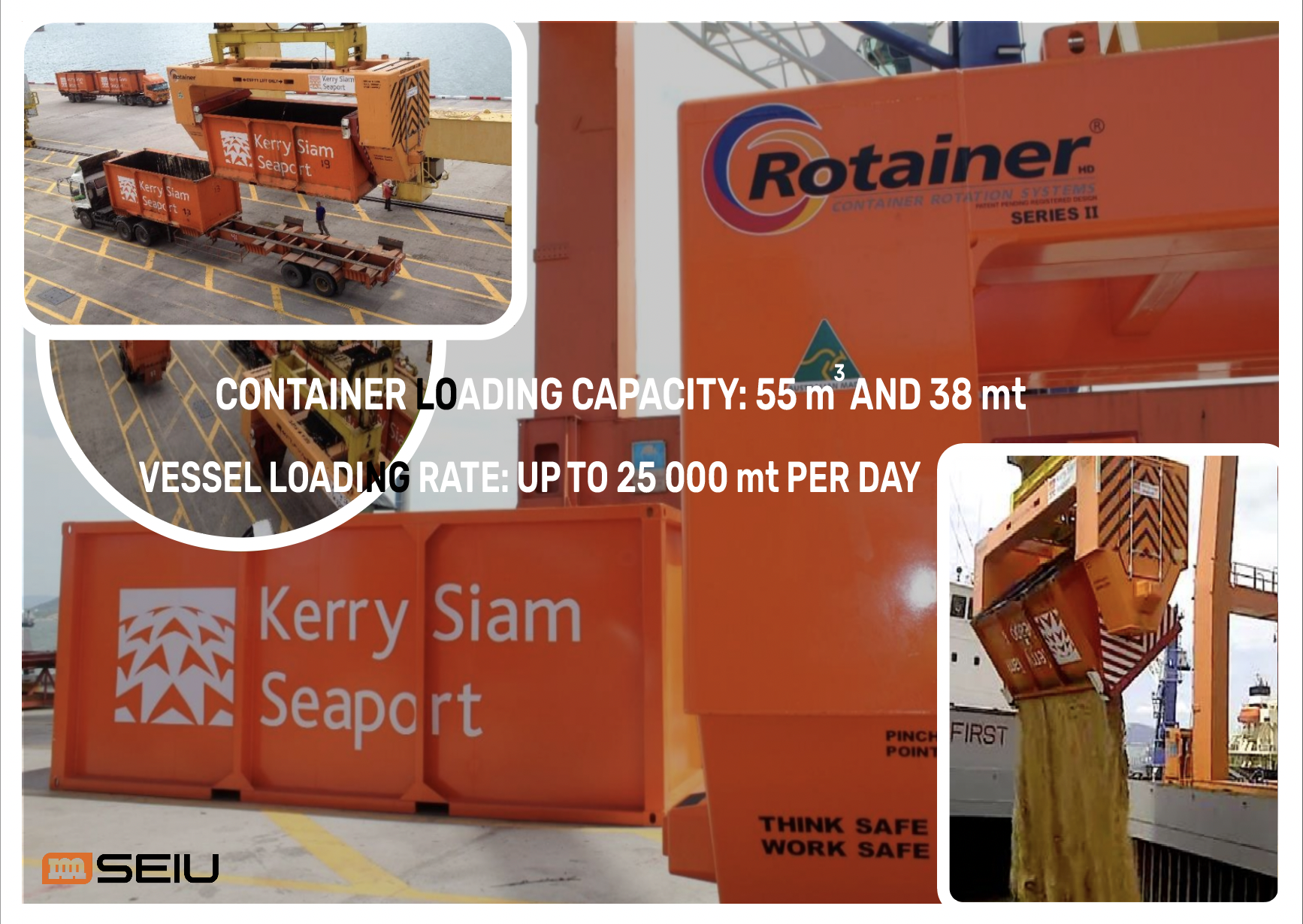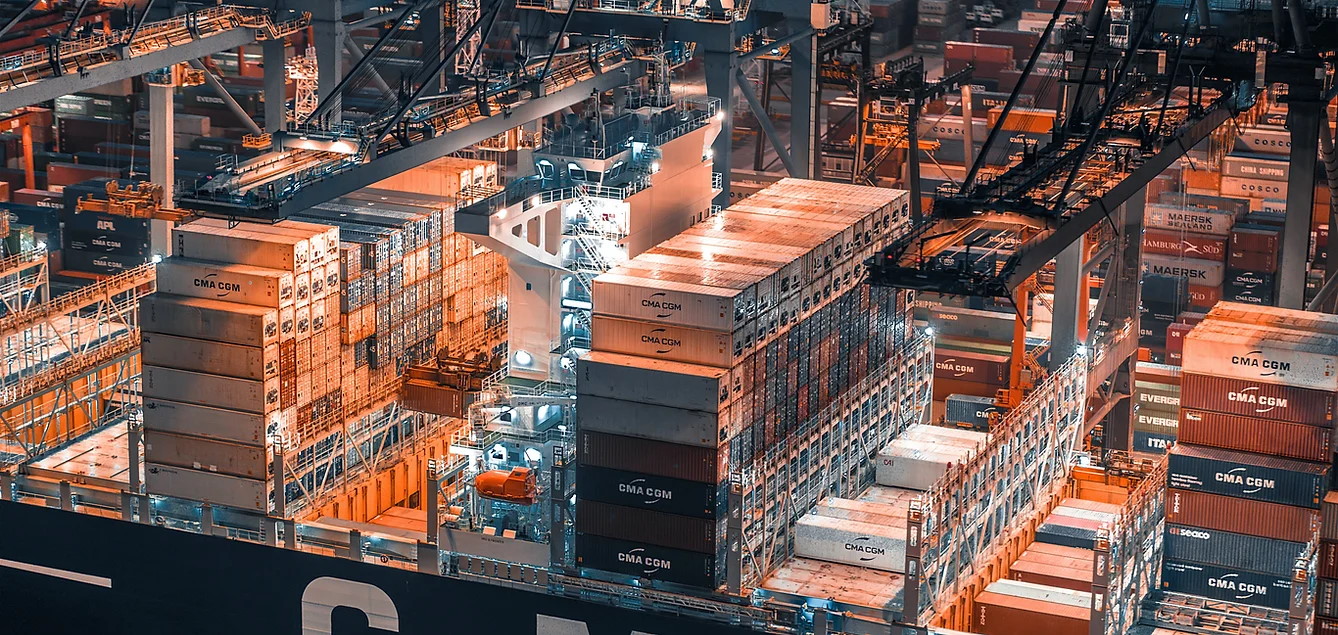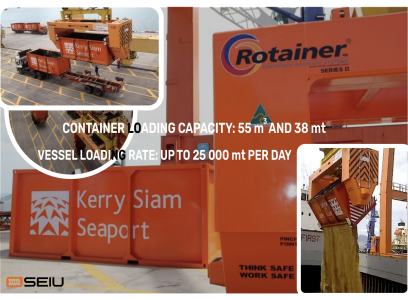
Contents
- Introduction
- Problems of grain shippers
- Problems of railway operators of grain cargoes
- Problems of port stevedores of grain cargoes
- Solutions for optimization of grain logistics
Introduction
Once upon a time, a port stevedore, a railway operator and a grain trader started thinking about optimizing grain logistics. They had been working together for a long time, so it was easy to arrange a meeting to discuss the problem together. And so, on one of the sunny days before the start of the marketing season, they met at the stevedore’s office on the seashore. They had a good time, worked productively and found a solution. Do you want to know what it was?
Problems of grain shippers
The conversation was started by a grain trader who was a client of the other two participants. The main task of a grain trader is to supply quality grain, in the right amount, on time and at an affordable price. Logistical problems could prevent the trader from fulfilling his obligations to his customers.
A grain trader approached a railway operator and told him that almost every year, during the season, he faces a shortage of wagons. The increased peak demand for wagons leads to their rise in price. The increase in the cost of transportation leads to a loss of profit for both the trader and the grain producer.
There are equally important difficulties with grain transshipment in the port. The port operator was informed of the following problems of the grain trader: delays in unloading wagons and accepting grain during the peak season, limited possibilities for separate storage of grain by crops, and being tied to one port and even birth.
These and many other logistical problems of the grain trader required discussion and solution.
Problems of railway operators of grain cargo
Next, a railway operator took the floor and spoke about its difficulties in fulfilling the grain trader’s orders. One of the most important was the low turnover of rolling stock. The grain trader was not able to form a train for departure at all shipping points. The delivery of grain by a group of wagons was time-consuming and not profitable for the railway operator.
Another problem for the railway operator was the downtime associated with transshipment at border crossings. Waiting for empty wagons for direct transshipment was also time-consuming and costly for the railway operator.
Similar difficulties were encountered at ports. During the peak season, many trains would accumulate at port stations waiting to be unloaded at the port. Rolling stock could stand idle for weeks, both at port and marshaling yards and at stations on the way to the port.
And the railway operator’s well-considered problem is seasonality. Grain cargo is usually transported no more than 200 days a year. The rest of the time, the wagons are idle. To keep them idle, they need sidings, which need to be paid for.
Problems of port stevedores of grain cargoes
The problems of the port stevedore were partly the result of problems with both the grain trader and the railway operator. A disruption in one of the links automatically leads to a failure in the entire logistics chain. Receiving as many trains as possible at the port requires an extensive network of sidings.
Failures in the schedule of vessels and railway wagons at the entrance lead to warehouses being overstocked. This situation limits the port stevedore’s ability to transship grain.
To meet the grain trader’s need for separate storage of grain crops, the port needs to expand its warehouse space. The construction of additional silos requires investment.
Solutions to optimize grain logistics
So what solution could help our heroes? Containerization of grain logistics is one of the few solutions agreed upon by the negotiators.
Indeed, redistributing part of the grain cargo into bulk containers will help solve the problem of the shortage of grain wagons.
By using a fleet of different types, including bulk containers for grain cargo, a railway operator can universalize its rolling stock. Fitting platforms will help to expand the range of transported goods. This will definitely solve the problem of seasonality for the railway operator.
By combining modes of transport to deliver containers for loading to a grain trader, the operator will solve the problem of train dispatches and rolling stock turnover. Containers can be accumulated at the container terminal of the grain trader itself or at public intermodal terminals.
The issue of transshipment of grain at border crossings is also being resolved very easily. Now it will be enough to directly transfer containers from one type of platform to another. Or use the railway platform – terminal – railway platform scheme if it is necessary to wait for the arrival of a neighboring train. In this case, there will be no need to unload containers.
The problem of train congestion at port stations is being solved similarly. Containers can be unloaded at the container terminal of the same port or at the nearest railway terminal. Here, containers with grain can wait for a vessel to approach for further transshipment. Or free space in the silo for unloading and accumulation of the ship’s consignment.
The issue of separate storage of grain crops is automatically resolved. Containerization makes it possible to store different grain crops in containers with cargo protection equipment.
Containerization of grain transshipment will expand the capabilities of the port stevedore. With one or more Rotainers, the operator can use any berth or even port to handle grain. This approach will increase transshipment volumes. The problems of warehouses being overstocked and vessels being idle at sea while waiting for a specialized berth to be freed will be solved,
This is how the technology of grain containerization, using Rotainer and specialized containers, made our heroes happy.
Author: Mykola Soloviov
You will also be interested in: CONTAINERISATION OF BULK HANDLING IN FIGURES





